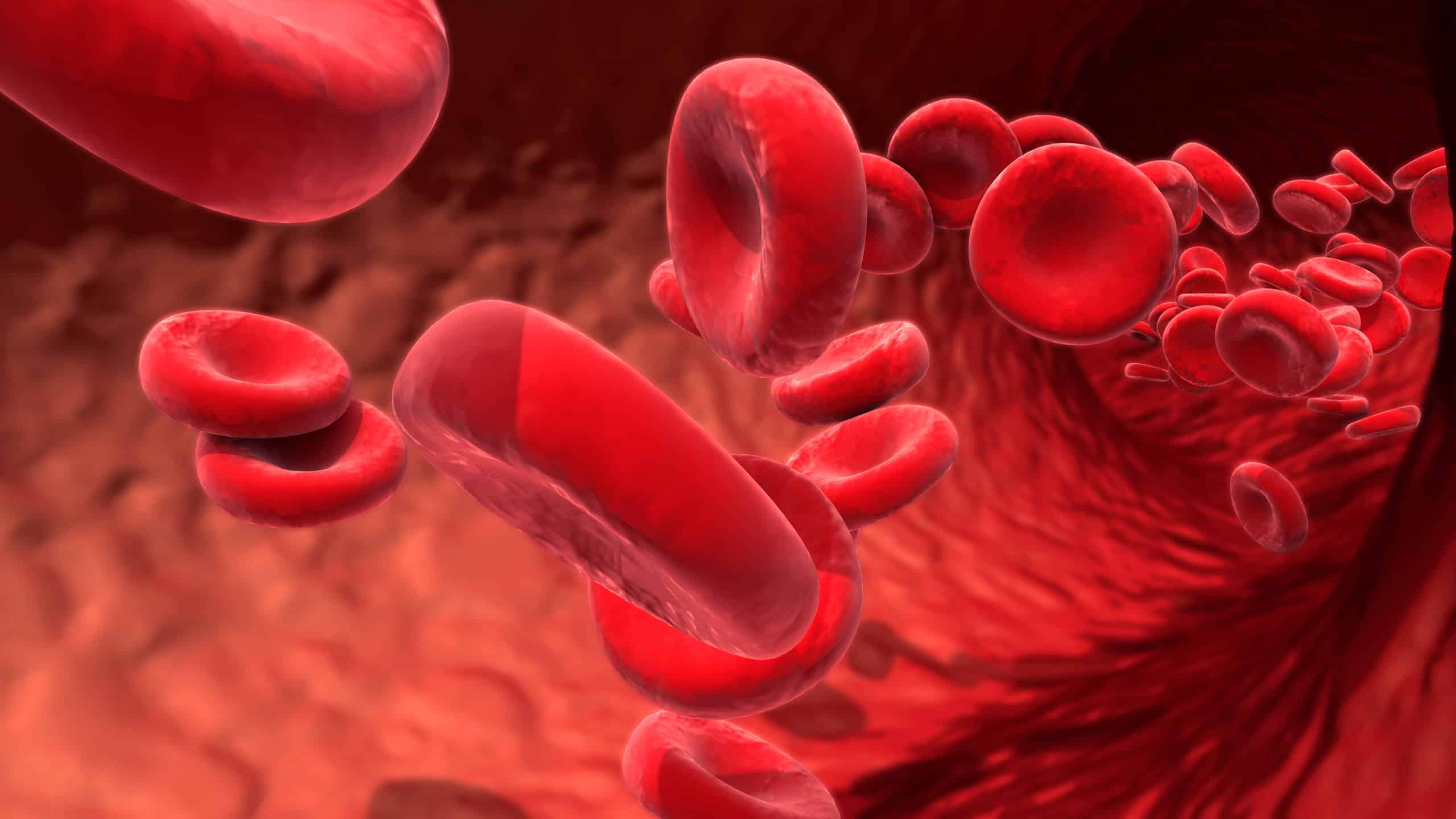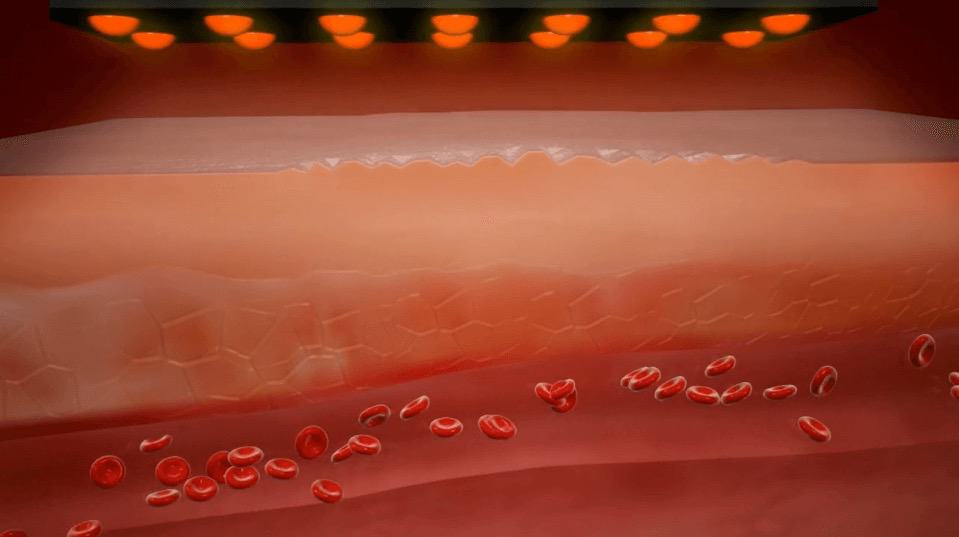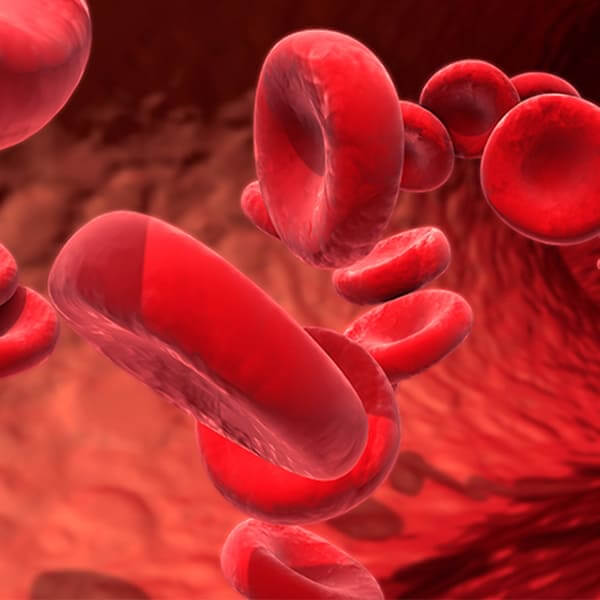Medically reviewed by Karen Wolters, RN and Joanna Fearnley, LPN
The impact of LED Light Therapy on pain and circulation has been studied for decades.
There are a variety of types of research on phototherapy treatment:
- Research on Humans
- Research on Animals
- Basic Research
- Applied Research
HealthLight has only reviewed a fraction of the thousands of studies out there on phototherapy treatment. Our research mostly focuses on blue, red, and infrared wavelengths. Below is a breakdown of the research that we studied and reviewed:
As you can see, 64%, over half, of the research we reviewed showed phototherapy treatment as being positive or beneficial. 16% of the research found had no result meaning that more research needed to be conducted in order to make any type of statement on the benefit of phototherapy treatment.
Blue Light
Researchers have conducted studies and found:
- The wavelengths within the visible light spectrum (especially wavelengths between 400 and 470 nm) are intrinsically antimicrobial and do not require additional exogenous photosensitizers to exert an antimicrobial effect. (1)
- These wavelengths within can photodynamically inactivate the cells of a wide spectrum of bacteria (Gram positive and negative) and fungi. (1)
- Blue light shows great promise as a novel decontamination strategy for the nosocomial environment, as well as additional wider decontamination applications (e.g., wound closure during surgery). (1)
- Blue light leads to energy transfer and the production of highly cytotoxic reactive oxygen species (ROS), primarily singlet oxygen (O2) (1)
- 470nm light was also effective on both P. aeruginosa and S. aureus., but not as effective on S. aureus. (2)
Pain: Summary of Light Induced, Analgesic Responses
- Increased nitric oxide production
- Increase in beta-endorphins
- Decreased bradykinin levels
- Ion channel normalization
- Increased nerve cell action potentials
- Blocked depolarization of C-fiber afferent nerves
- Increased release of acetylcholine
- Axonal sprouting and nerve cell regeneration
Circulation

Decades of research have found that certain wavelengths of light within the blue, red, and infrared bands can be beneficial to living tissue.
- The light triggers the release of nitric oxide from blood vessels and red blood cells.
- Nitric oxide causes local vasodilation that lasts several hours after the therapy session has ended.
- Vasodilation significantly improves blood flow.
- Improving blood flow promotes positive change in patients, lessens pain and helps nerves to begin to carry sensations again.
After just 20 minutes of red light therapy, blood flow is increased to nerves and other tissues, and this boost in local circulation lasts for several hours.
Nitric oxide is also a messenger molecule that triggers healing processes in the body. By increasing the production of nitric oxide, infrared and red light therapy increases circulation, speeds healing and relieves pain.
Sources
1.Antibacterial Activity of Blue Light against Nosocomial Wound Pathogens Growing Planktonically and as Mature Biofilms – Fenella D. Halstead, Joanne E. Thwaite, Rebecca Burt, Thomas R. Laws, Marina Raguse, Ralf Moeller, Mark A. Webber, Beryl A. Oppenheim
2. Using Visible and Near-IR Light to Facilitate Photobiomodulation: A Review of Current Research – Susan D. Motts, J Stephen Guffey, and William Payne
Start Your Pain Relief Journey Today
Contact us now and speak with a light therapy expert. They are here to help you find relief at home with soothing red light therapy.







